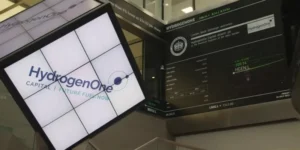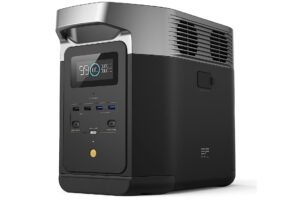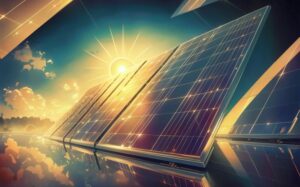‘Our heavy-duty trucks will be manufactured almost entirely from H2-based steel by 2030’: Scania

Hydrogen is widely touted as one of the most promising routes to decarbonising the steel sector, which accounts for around 7% of global emissions at present.
Today, most steel is made using a carbon-intensive blast furnace-basic oxygen furnace (BF-BOF) method, which uses coal to both extract iron from iron-oxide ore and then heat that iron while other substances are introduced to make steel.
Hydrogen can be used instead of coal to both heat and remove oxygen from the ore in a process known as direct-reduced iron (DRI). DRI plants have been in commercial use for some time, using natural gas as the reducing agent, but hydrogen DRI plants are now being commercialised.
Hydrogen-DRI is currently the only available method of fully decarbonising iron production. When paired with an electric arc furnace (EAF) to help turn that iron into steel, emissions could theoretically be reduced to zero.
However, as most plants today still use BF-BOF, it will require a massive amount of capital investment to realise a switchover to hydrogen-DRI and EAF, resulting in slightly more expensive green steel.






